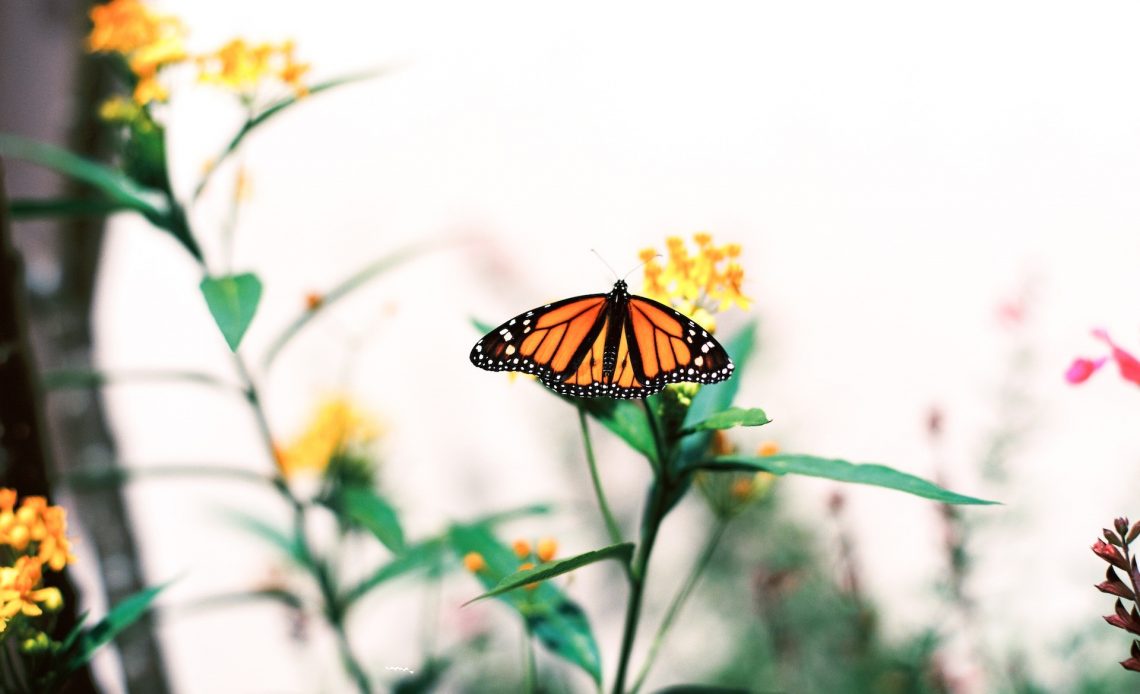

We’re here to help! Wild Yards is a completely free website that is 100% dedicated to helping you create a wildlife-friendly, sustainable yard. Read more
WildYards is reader-supported. When you buy a product through a link on our site, we may earn a comission. Every product is independently selected by our (obsessive) editors and our reviews are unbiased and objective. Read more about our mission or our privacy policy.
Humans are among the biggest threats to the environment in existence. Rapid urbanization means the removal of native species of plants to make way for subdivisions, shopping malls, and other modern amenities. Even if these metropolitan regions feature show-stopping modern landscaping, they often lack the native plants that local pollinators rely on. But what are native pollinator plants, and how exactly do they benefit pollinating animals and insects?
Native pollinator plants have evolved over time to be uniquely suited to the soil, climate, and other conditions of a given ecoregion. Growing native pollinator plants supports bees, birds, butterflies, and other important pollinators, allowing your whole ecosystem to flourish.
What is an ecoregion?
An ecoregion, or ecozone, is an ecosystem region characterized by similar flora and fauna. Ecoregions are mapped based on a variety of factors, including geology, landforms, and climate. These zones are not restricted by any defined borders but are subject to change as weather patterns, precipitation, and tectonic plate shifts (among many other things) alter the environment.
Ecoregions are unique to themselves, but each ecoregion influences conditions in its neighboring ecoregions, creating a domino effect. For instance, if one ecoregion sees extreme spring flooding, this may kill native plant species and force animals to seek shelter in surrounding ecoregions, impacting food availability for the latter ecoregion’s animal species.
To find out which ecoregion you live in, check out this handy map.
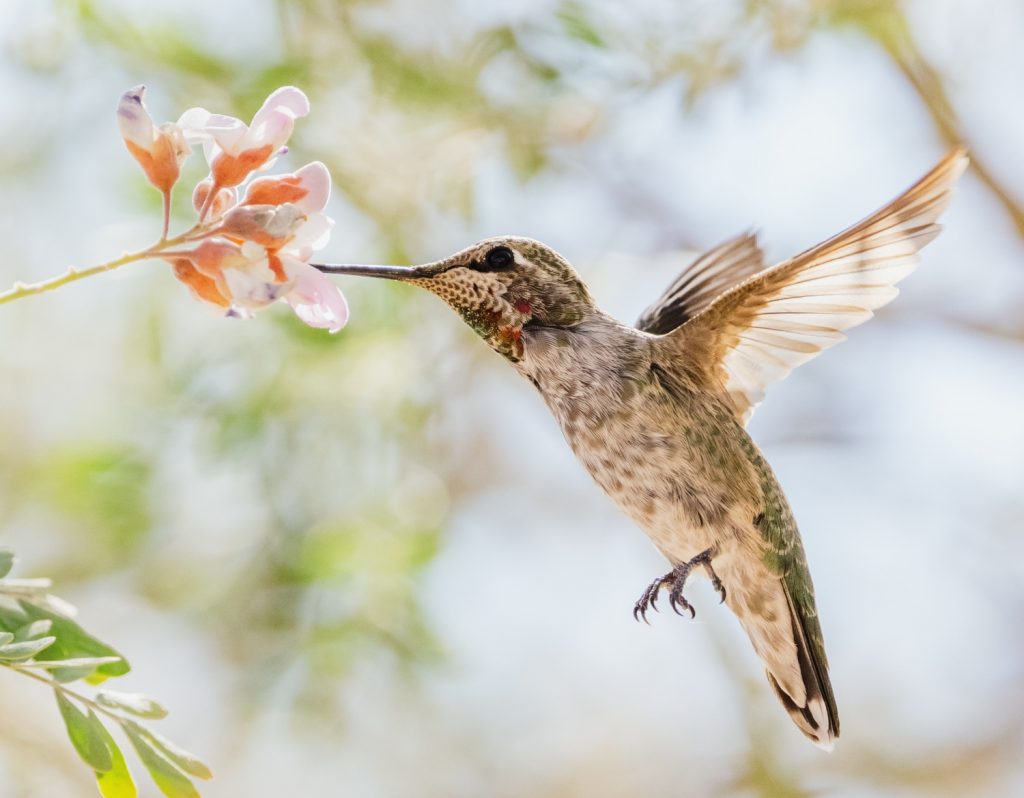
What are native pollinator plants?
Simply put, native pollinator plants are flowering plants that are native to a given region. As native plants, these flowers have spread throughout the region’s ecosystem over time, and are naturally well-suited to the rainfall, soil, temperature, and other growing conditions of the region. Because these plants have sprung up in the region on their own, they’re able to withstand the region’s harsh growing conditions better than other non-native species.
For instance, if an ecoregion has hot temperatures and frequent droughts in the summertime, then salvias, spiderwort, and black-eyed Susans likely thrive in such an area, as these pollinator plants grow best in warm, dry places. But moisture-loving cool weather plants like may apple and bleeding heart would likely die in such a climate because their growing needs are vastly different.
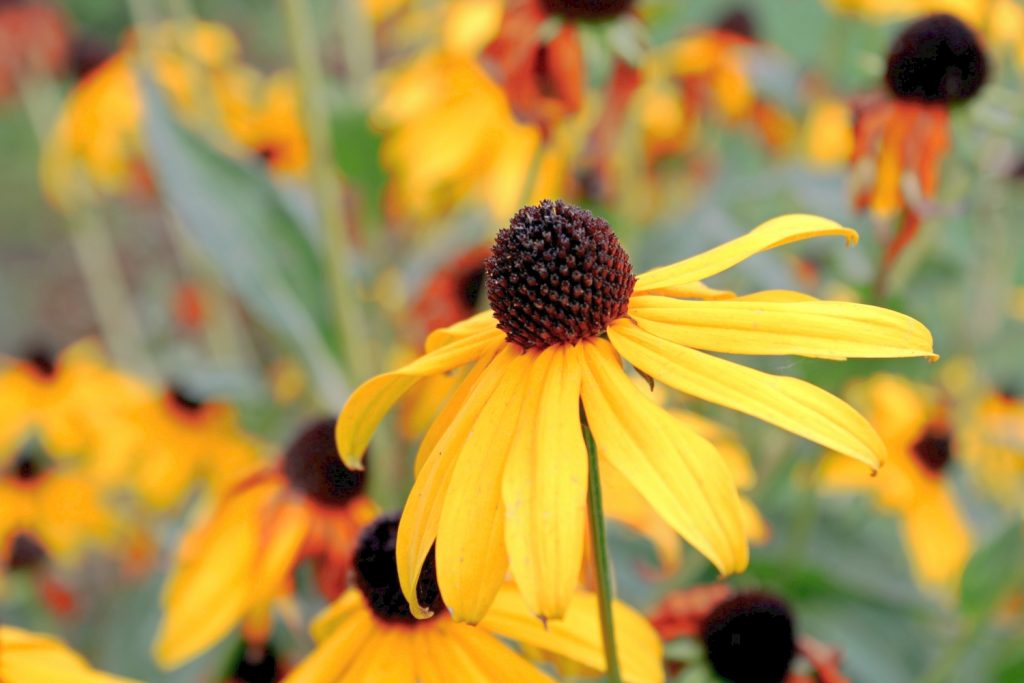
What happens when native pollinator plants disappear?
Each ecoregion has its own set of native plants, animals, and insects. All of these living things work together to support the ecoregion, keeping everything in symbiotic balance. But when one member of the trio suffers, the whole system gets thrown off kilter.
When an ecoregion’s native pollinator plants are removed through natural causes like flooding and erosion, or due to man-made factors like urbanization, that can have a devastating trickle-up effect on the other native species.
No native pollinator plants mean less for insects and animals to pollinate. Less pollination means fewer fruits to forage over the summer and fall. Less food means hungrier animals, all competing for limited resources, some of whom will die, others of whom will leave to find food in surrounding ecoregions, and on and on the vicious cycle goes.
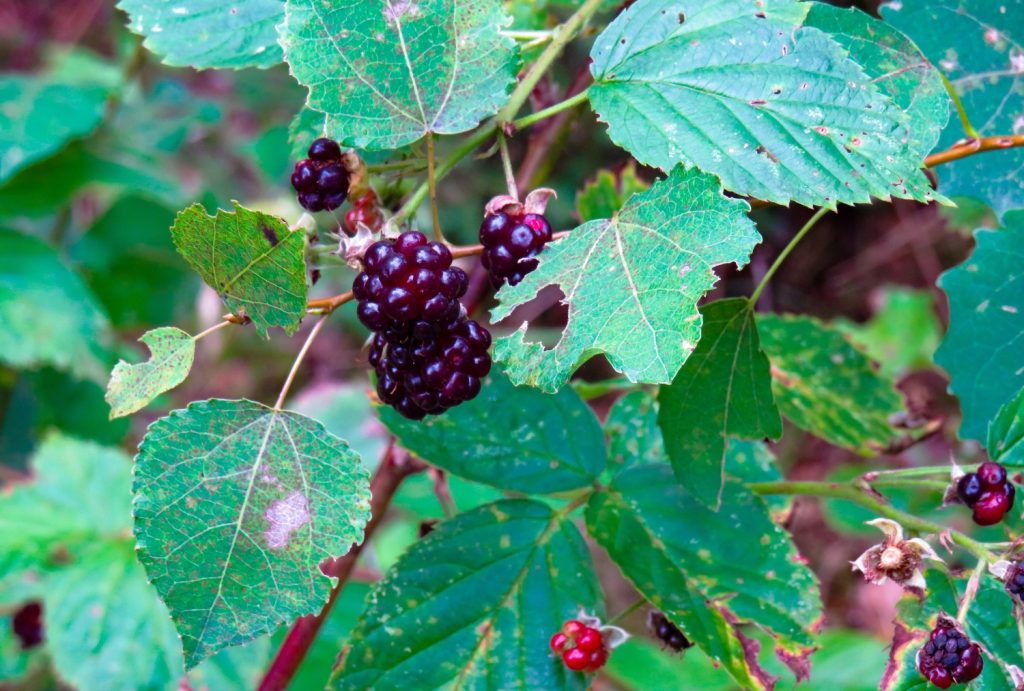
How do native pollinator plants benefit native pollinators?
Just as the plants in your ecoregion have evolved over time to be well-suited to its growing conditions, so, too, have local pollinators become accustomed to the food that native flowers provide.
Native pollinator plants are rich in nectar and pollen that native insects and birds need to survive. When allowed to grow wild, these plants flourish, feeding hungry pollinators all season long. But when these native pollinator plants are replaced with infertile hybrids that have been cultivated to produce flashy blooms at the expense of nectar and pollen production, pollinators scramble to come up with new sources of food.
That’s the sad truth about most hybrid plants. Flowers like Knock Out Roses and Encore Azaleas create scads of beautiful blossoms, but from the pollinator’s perspective, those flowers are virtually useless. Because these hybrid plants have been cultivated to produce showy flowers, they don’t produce the pollen and nectar that pollinators so desperately need. That’s also why these hybrid cultivars don’t smell very strongly. They’re all looks, but no substance.
Native pollinator plants may not bloom as often or for as long a period of time as hybrid cultivars. But they produce adequate amounts of pollen and nectar, both of which pollinators rely on to survive. And because native flowers have no trouble attracting pollinators, they can produce plenty of fruits for hungry forages to eat as the growing season progresses.
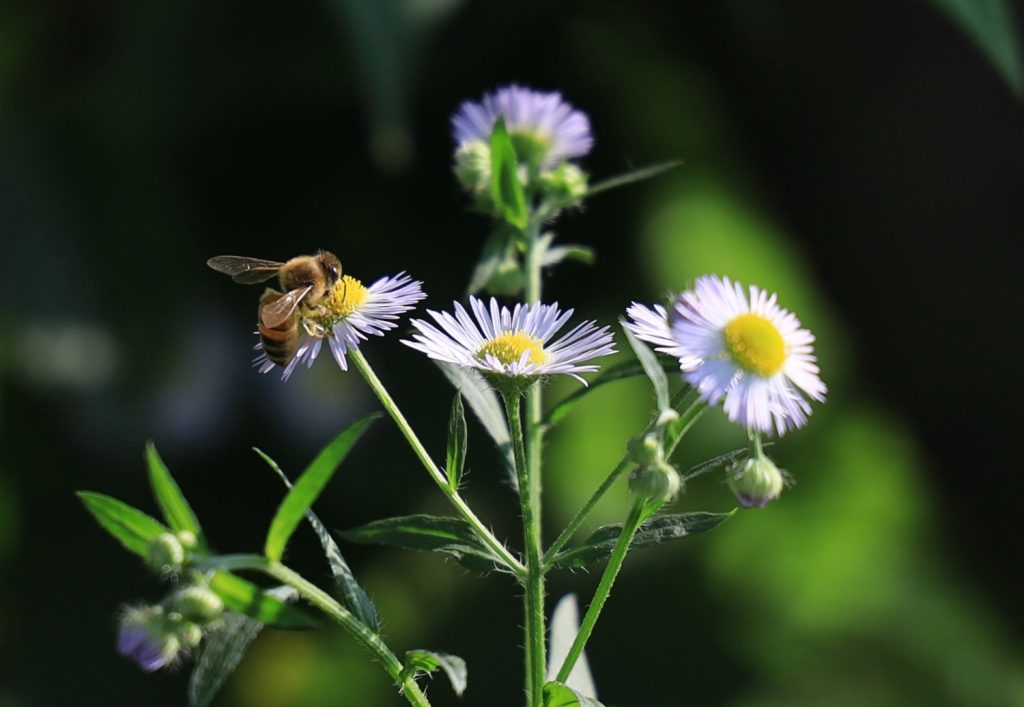
How do native pollinator plants benefit your yard and garden?
When you plant native pollinator plants in your garden and allow them to grow freely, they benefit the food chain from the bottom up. It all starts with soil structure.
Native plant species help prevent erosion within their ecoregion, slowing water runoff and helping soil retain moisture. And unlike plants used in landscaping, which may be uprooted and removed annually, untouched native plant species are allowed to die back on their own, with dead foliage returning to the soil below, providing succeeding generations with the nutrition they need to thrive.
Choosing native plants also helps to aerate the soil, preventing it from becoming compacted and subsequently anaerobic. If your ecoregion is characterized by clay-rich soils that are difficult to dig through, growing clay-loving native pollinator plants break up the clay over time, making it easier for water and air to get in.
Native plants are able to remove air pollution more efficiently than non-native plant species. Giving native flowers the freedom to grow can improve air quality tremendously, with effects only improving over time.
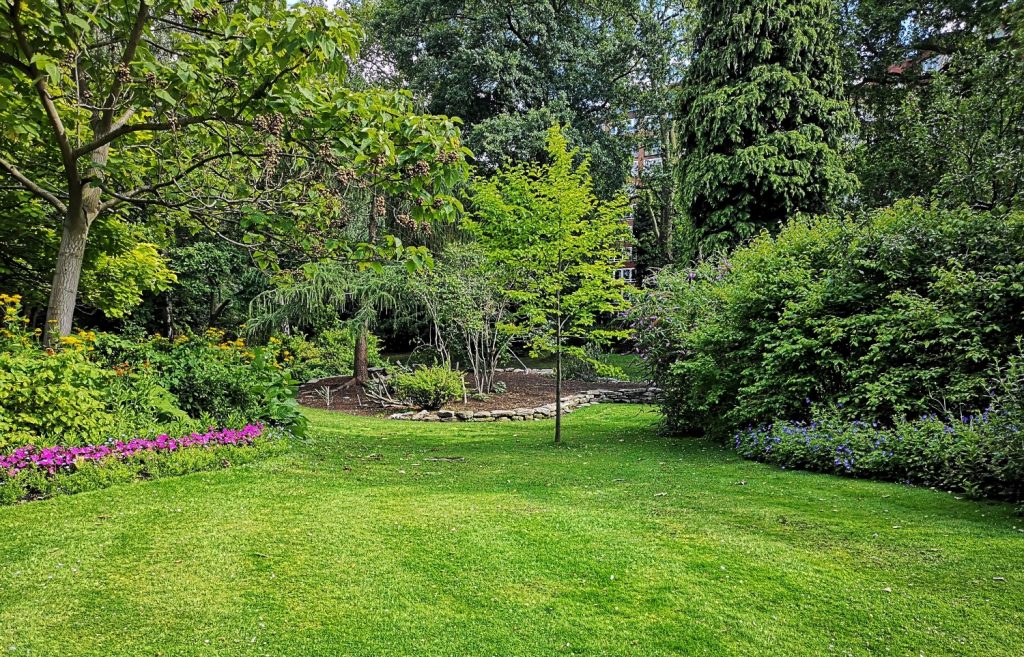
What are the benefits of growing native pollinator plants from a gardening standpoint?
If you’ve ever purchased an ornamental plant only to be disappointed when it died, in spite of your best efforts to keep it alive, it likely wasn’t your fault at all. It was probably just that the plant wasn’t suited to your ecoregion.
When you choose native pollinator plants for your landscaping, you make your job as a gardener significantly easier. Because native plants are well-suited to native soils, there’s no need to amend them. The pH of the soil is already perfect, and it already has the drainage requirements and organic materials needed to support native plant growth. This cuts down on labor and fertilizer costs. It also means that the plants become established more quickly than non-native species.
And because native plants have evolved to grow in a particular region, that means they’ve also become resistant to that region’s pests and diseases. You won’t have to spend so much time spraying them down with insecticides to keep them intact. Overall, native pollinator plants are much hardier than non-native species, meaning you can plant them and leave them to their own devices, rather than having to baby them to get them to survive.
How else can you support your local ecosystem?
The best way to support your local ecosystem is to identify your ecoregion, observe it, and emulate it as best as you possibly can. The easiest, quickest way to do that is to plant native pollinator plants and allow them to grow freely. Consider giving your yard back to nature by re-wilding your lawn. This is a great way to support your local ecosystem, but it’s not the only thing you can do.
Picking up litter and disposing of it properly not only cleans up the landscape but also removes toxic chemicals from the local environment. Installing bird feeders to give birds, squirrels, and other foragers a reliable source of food is another simple step that can support your ecoregion. Birdhouses, squirrel boxes, and owl boxes provide homes for native animals, and installing these shelters on your property gives you the opportunity to enjoy more wildlife.
Because animals always need reliable sources of water, install a bird bath to help them out. If you have a large property, consider digging a pond and stocking it with fish. Making a watering hole for local animals is hugely beneficial to the local environment. This will attract native birds, especially egrets, ducks, and barred owls, who like to feed on amphibians, snakes, and water bugs.
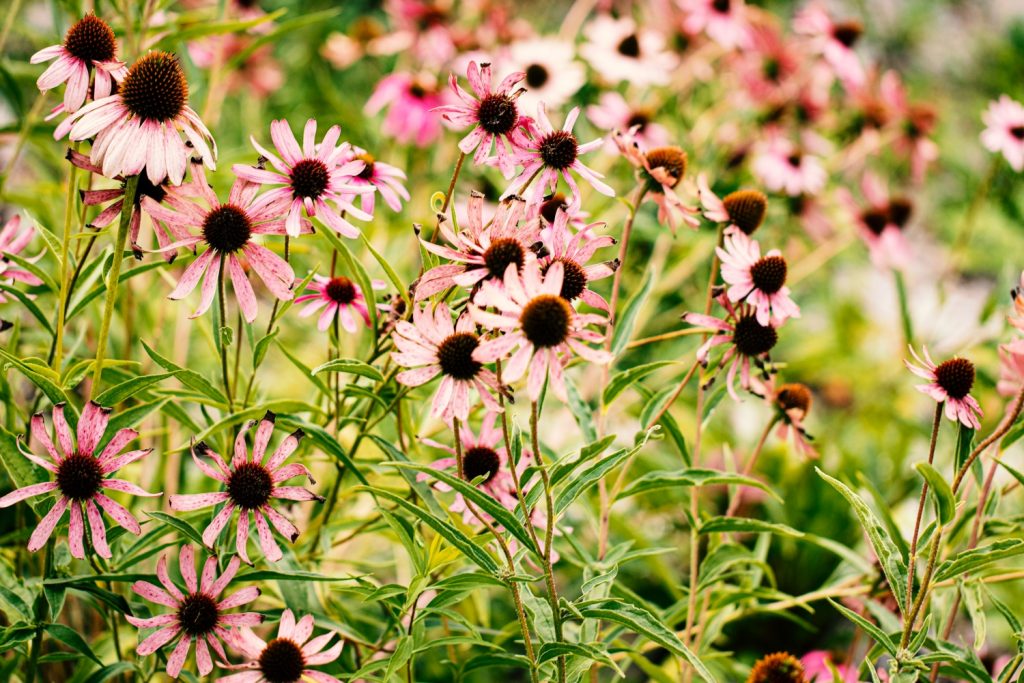
Does supporting your local ecosystem really help the earth’s environment?
You bet it does! When it comes to the environment, everything is connected. When native pollinator plants grow well, the pollinators that feed on them do well, too. And those benefits spread all the way up to the top of the food chain, improving the health of your ecoregion, as well as the ecoregions surrounding it. Even though it may seem like you’re just sprucing up your garden with native flowers, you’re really working to support the environment worldwide.
So before you sit down to plan your garden for the upcoming growing season, take a moment to research the pollinator plants that are native to your ecoregion. Incorporating as many of these plants as possible into your landscaping provides local wildlife with food and shelter, making their native land feel more like home.
